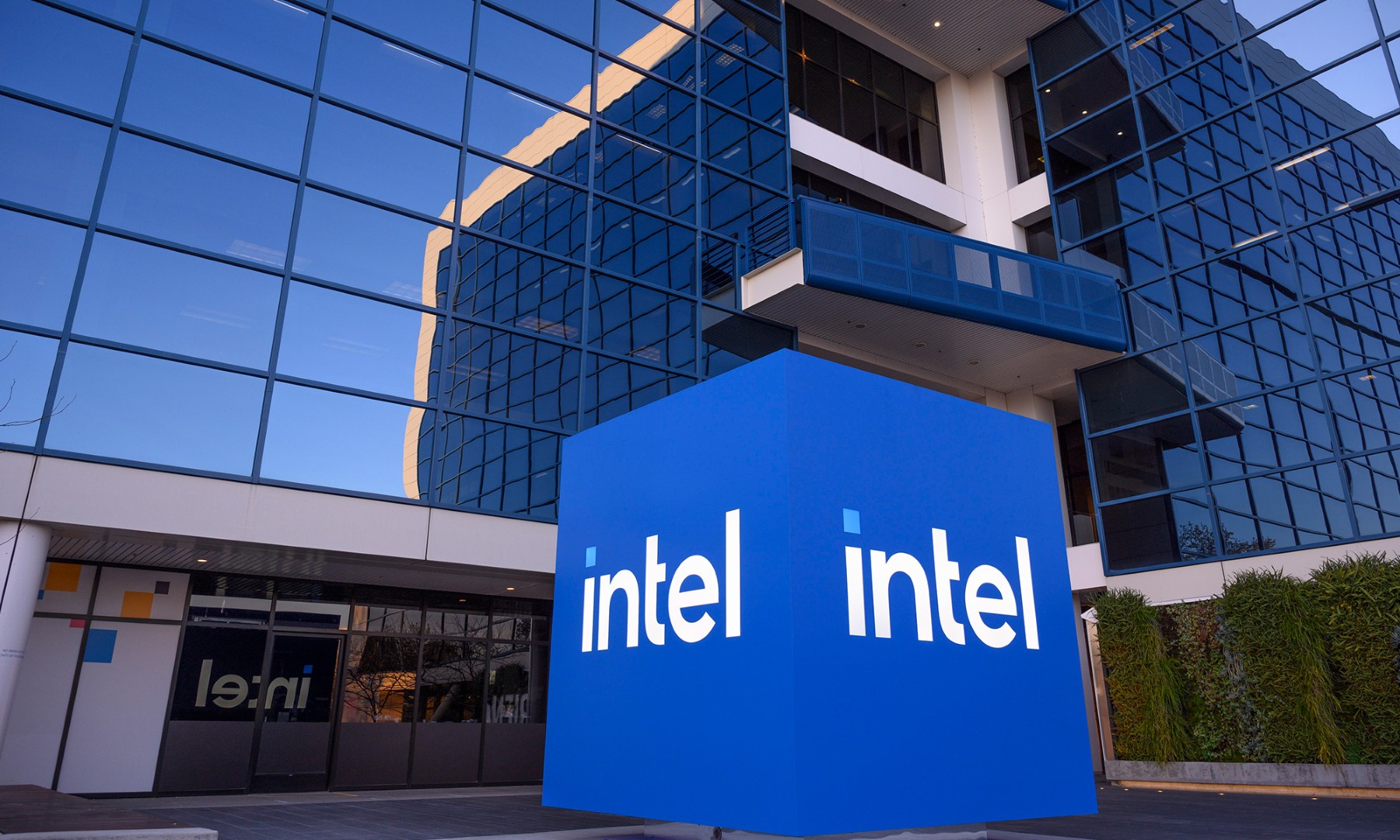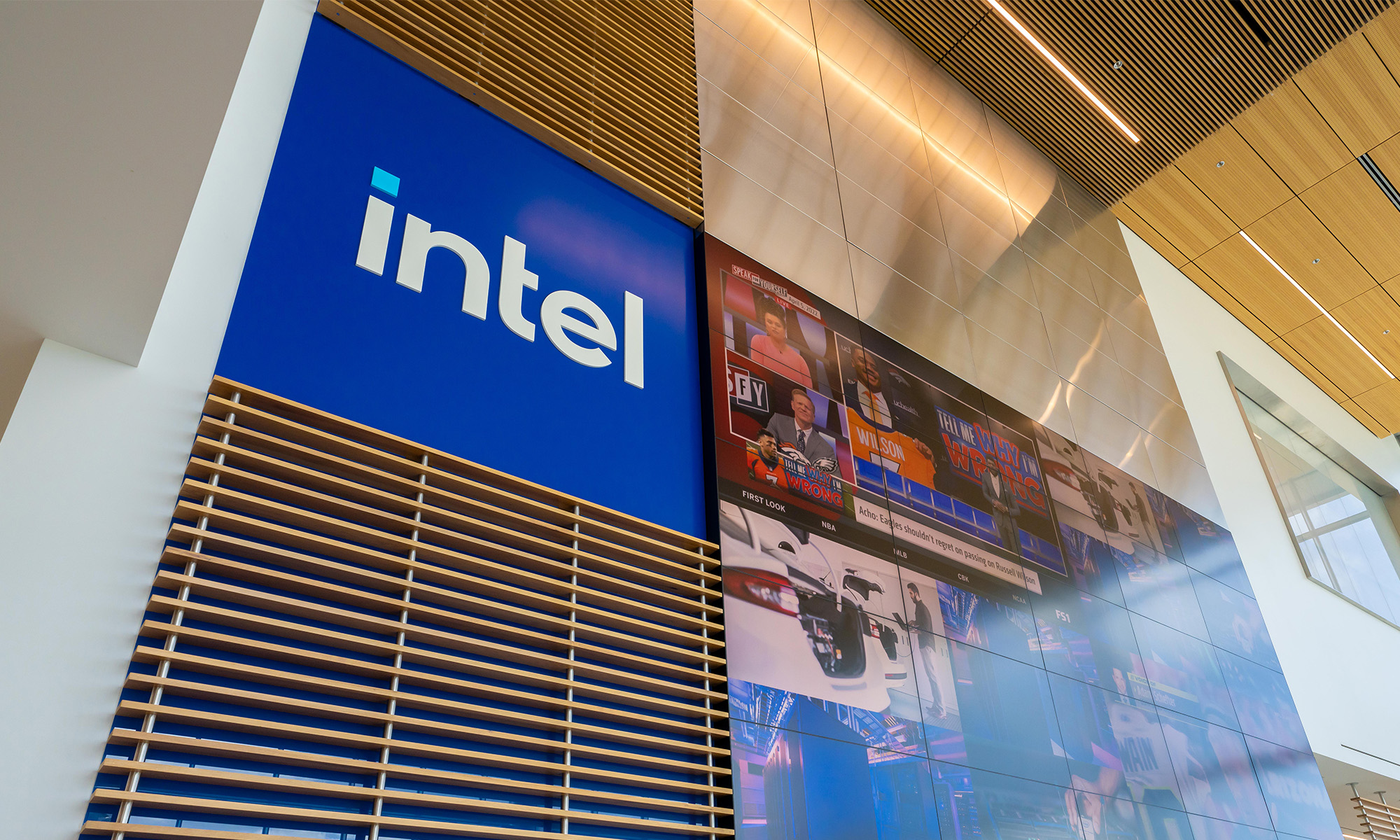It should come as no surprise to investors that the ARM (ARMH +0.00%) instruction set is the standard on the Google (GOOG +0.48%) (GOOG +0.48%) Android operating system. From day one, Android devices have been powered by processors that implement the ARM instruction set (and often are powered by ARM-designed CPU cores, too). Intel (INTC +6.72%), which was very late to the mobile game, has been working feverishly to gain a meaningful presence on the Android platform. However, it seems that Intel's efforts have hit a speed bump.
The shocking slide from ARM
ARM recently published the following slide showing just how compatible Intel's chips are with the top 100 applications on the Google Play Store:

Intel's got some compatibility problems. Source: ARM via The Register.
This slide spells pretty bad news for Intel's efforts. In July 2013, 30% of the applications were specifically compiled for X86, 20% run through the Dalvik runtime (so they don't care about whether it's X86 or ARM), 42% had to undergo binary translation (which dramatically decreases performance), and 6% just plain didn't work.
It gets worse when we look at the January 2014 numbers which show that the number of X86 native applications actually declined from 30% to just 23% of the top 100 Google Play applications. 44% require the experience-hurting binary translation, 21% run fine as they're Dalvik-only, and 9% simply do not work.
What does this mean?
The upshot of this slide is that as of January 2014, a whopping 53% of the top apps on the Google Play Store either outright don't work on Intel-based chips or run much more slowly as a result of binary translation. The question that investors need to ask now is whether Intel can remedy this situation or if the ecosystem is just too far advanced for Intel to ever hope for X86 to be a first-class citizen on the Android platform.
The biggest problem for Intel here is simply that there aren't a whole lot of Intel-based devices out there for customers to buy. To put it in perspective, Intel shipped just 10 million tablets last year, and it's probably safe to conclude that most of those weren't Android-based given Intel's strong initial focus on Windows 8/8.1 with its tablet parts. Why should any developers bother to port their Android applications to X86 when the vast majority of the hardware is ARM-based?
A chicken-and-egg problem
In order for Intel to be successful in smartphones and tablets, it needs to be successful on Android. The problem is that less than half of the top 100 applications on the Google Play Store run optimally on Intel-based devices. Without the hardware install base, the software won't come, and without the software base, OEMs will be hesitant to adopt Intel-based hardware -- a classic chicken-and-egg problem.
This, however, explains Intel's 40 million tablet campaign. If the majority of these tablets are Android-based (and Intel indicated that during 2014, this has been the case) then developers should, in theory, begin to start more aggressively targeting both ARM and X86 for their programs. Further, Intel should probably get more aggressive in paying developers to port their programs to X86 to put these compatibility problems behind it as quickly as possible.
Foolish bottom line
It is simply unacceptable for over 50% of the top applications on the Google Play Store to run sub-optimally on Intel hardware. The Intel 40 million tablet campaign should help, but until these compatibility issues are more or less dealt with, it's going to be very difficult for Intel to win any tier 1 sockets in either Android smartphones or tablets.







